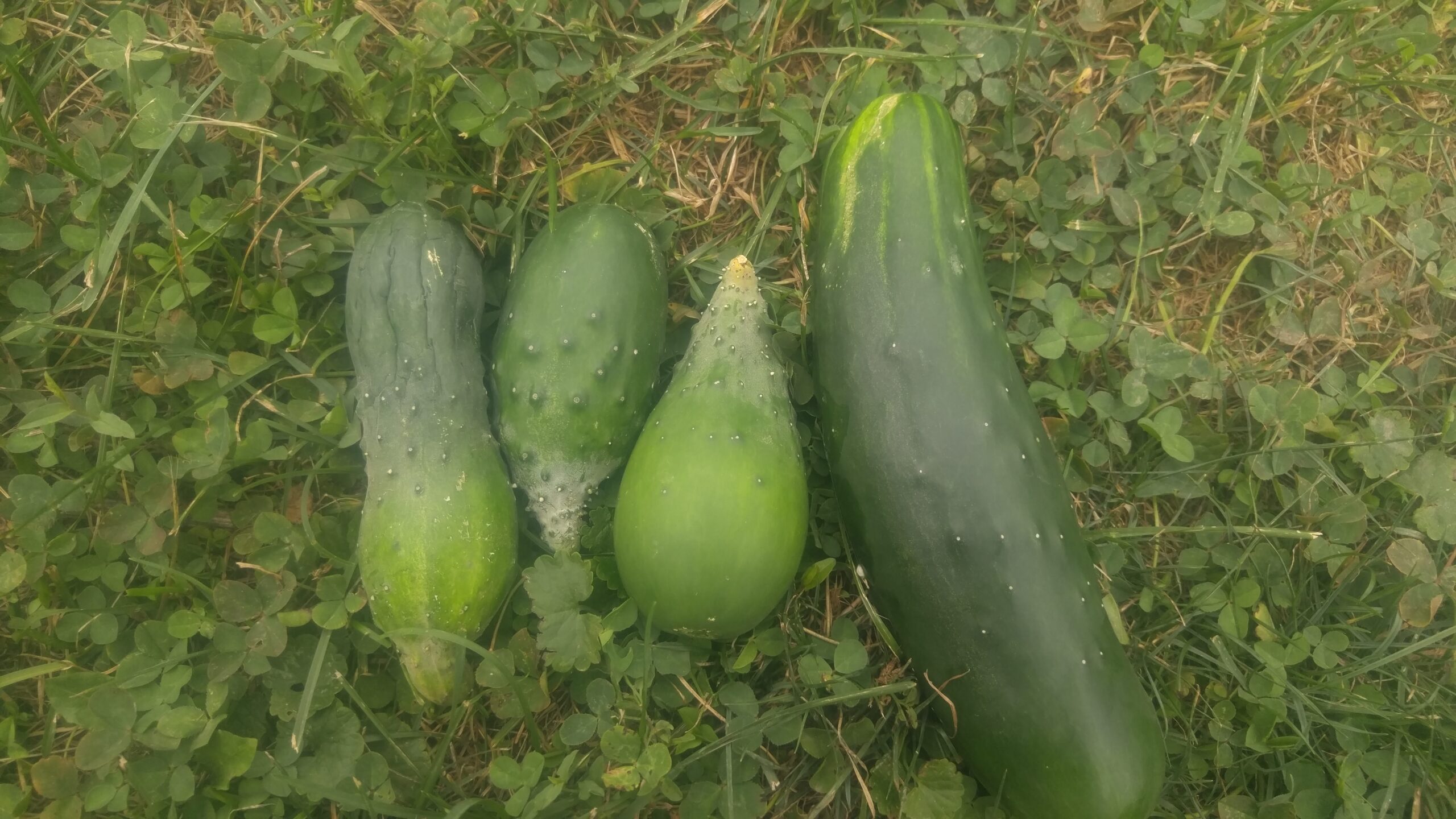Have you ever wondered why cucumbers have that intriguing curved shape? The mystery of their growth pattern has baffled scientists and gardeners alike for years. Despite their straight counterparts, cucumbers seem to have a mind of their own, curving in unexpected and sometimes whimsical directions. In this article, we’ll explore the curious case of curved cucumbers, delving into the science behind their unusual shape and uncovering the factors that contribute to this fascinating phenomenon. So, let’s embark on a journey through the world of cucumbers and unravel the secrets of their unique growth.
The Curious Case of Curved Cucumbers
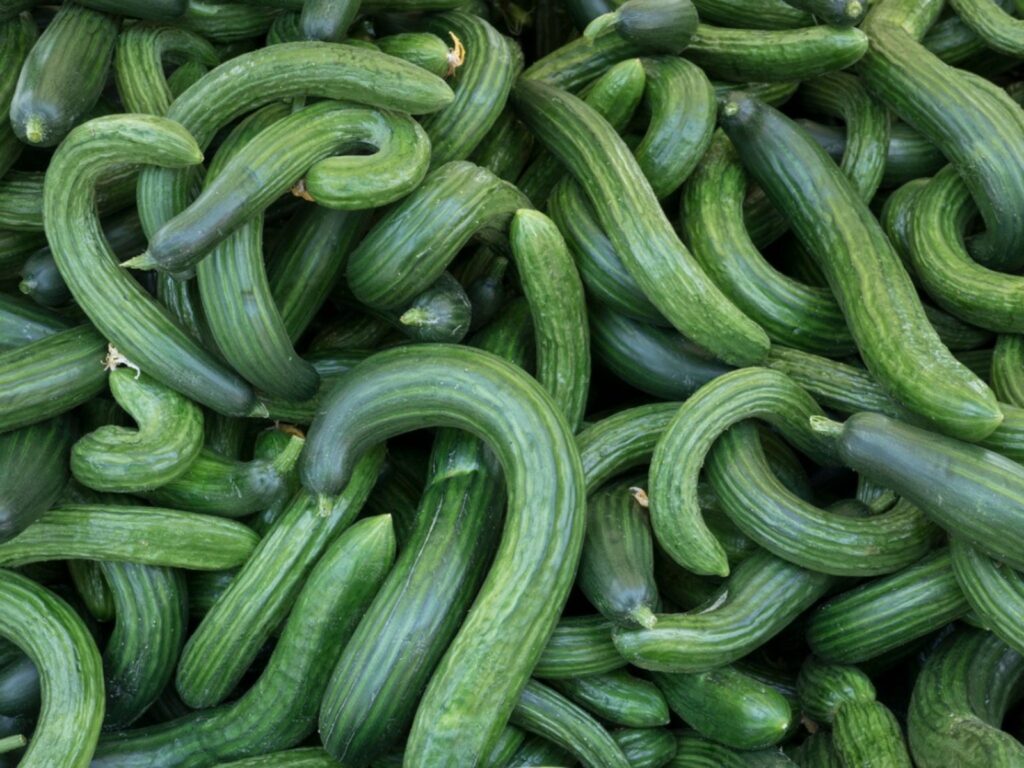
Introduction
Curved cucumbers have long fascinated gardeners, scientists, and consumers alike. Their unique shape, in contrast to the traditional image of a straight cucumber, raises questions about the factors that influence their growth and the reasons behind their intriguing form. In this article, we will explore both the scientific and cultural aspects of curved cucumbers, including genetic factors, environmental influences, cultural practices, and common misconceptions. We will also delve into the historical significance, nutritional value, and taste of curved cucumbers.
Background Information
Cucumbers belong to the Cucurbitaceae family and are widely cultivated for their culinary uses and nutritional benefits. With various species and varieties, cucumbers have been an essential part of human diets for centuries. Traditionally, straight cucumbers have been favored over their curved counterparts, but acceptance of curved cucumbers in different cultures has brought them into the spotlight as objects of curiosity and interest.
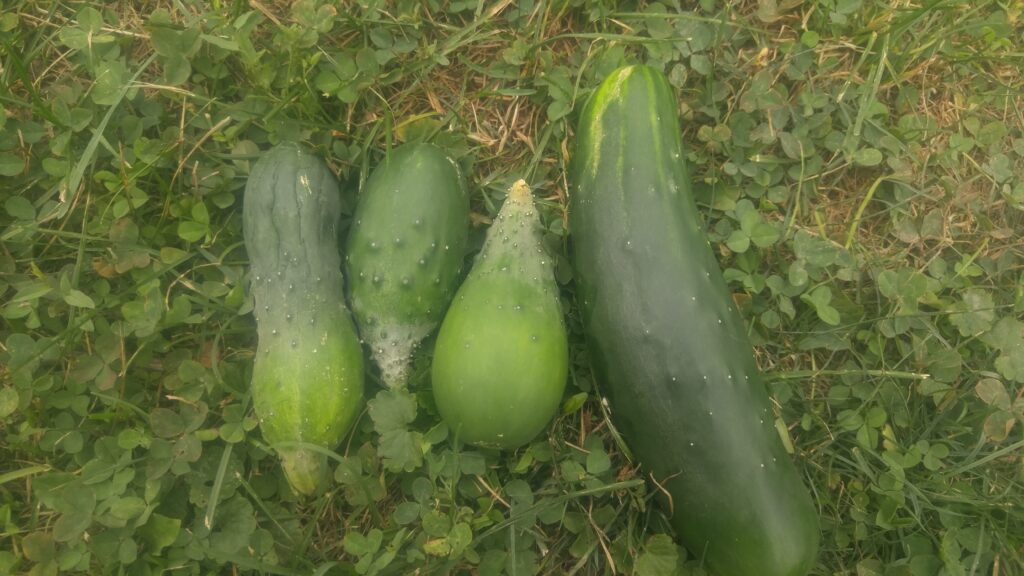
Factors Influencing Cucumber Shape
The shape of a cucumber can be influenced by a variety of factors, including genetic traits, environmental conditions, cultural practices, and mechanical stress. By understanding these factors, we can gain insight into the processes that lead to the formation of curved cucumbers.
Genetic Factors
Genes play a significant role in determining the shape of cucumbers. Certain genetic traits can cause the fruit to develop a curved form. These traits can be inherited from the parent plants, resulting in subsequent generations of curved cucumbers. Breeders and farmers have also used crossbreeding and selective cultivation to encourage the growth of specific cucumber shapes.
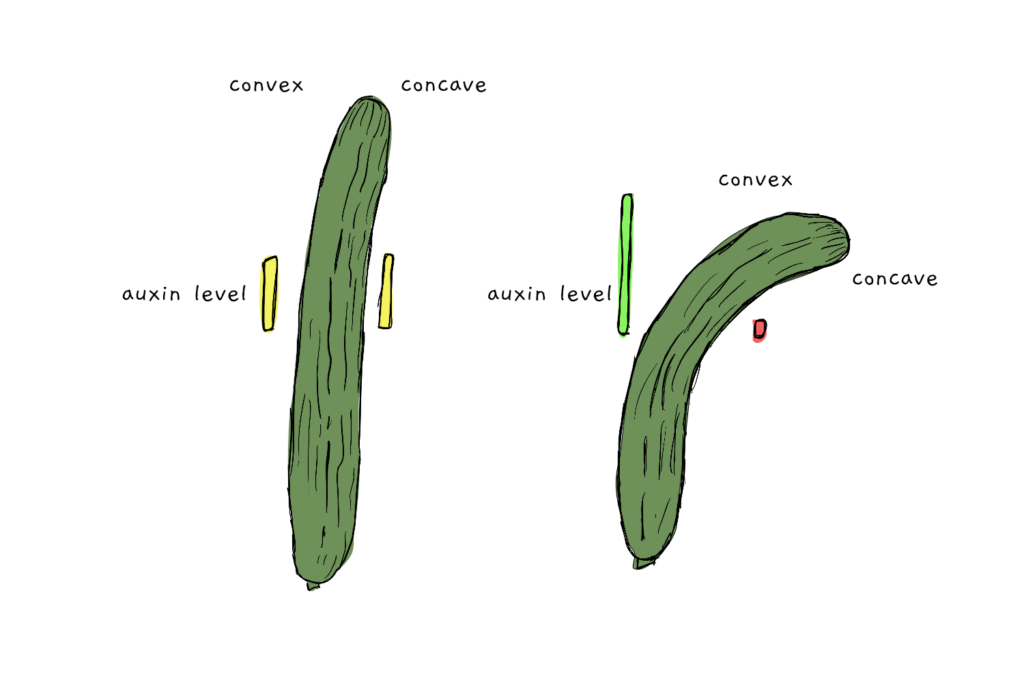
Environmental Factors
Environmental conditions, such as temperature, moisture levels, sunlight exposure, and soil composition, can greatly influence the shape of cucumbers. High temperatures during the fruit development stage can lead to the formation of curved cucumbers. Likewise, fluctuating moisture and humidity levels, inadequate sunlight exposure, and imbalanced soil composition can affect the shape and growth of the fruit.
Cultural Practices
The methods employed by farmers and gardeners also play a role in shaping cucumbers. Pruning and training techniques, including controlling the number of lateral branches and training the main stem, can impact cucumber shape. The spacing and density of plants, as well as fertilization and nutrient management practices, also influence the growth and shape of cucumbers. Similarly, the amount and frequency of watering, along with irrigation methods, can determine the fruit’s form.
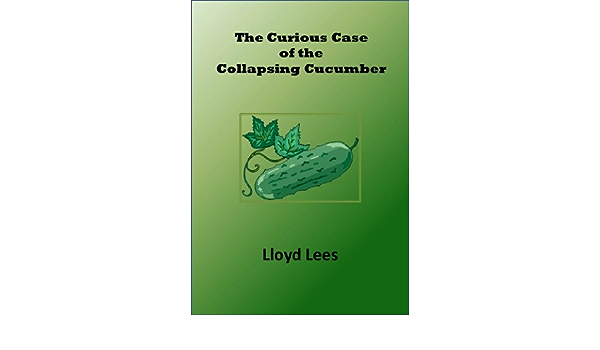
Mechanical Stress
Mechanical stress, such as bending, twisting, or the presence of support structures, can affect the growth and shape of cucumbers. External factors like wind or physical interference during the early stages of fruit development can lead to the curving of cucumbers. Support structures used in cultivation can also contribute to the unique shapes by exerting slight pressure on the fruit.
Common Misconceptions
There are several common misconceptions surrounding curved cucumbers. Many consumers expect cucumbers to be perfectly straight, often overlooking their natural variances. Grading and standards imposed by the agricultural industry and retailers can also contribute to the preference for straight cucumbers. However, educating the public about the diversity of cucumber shapes and the reasons behind their natural variations can help dispel these misconceptions.
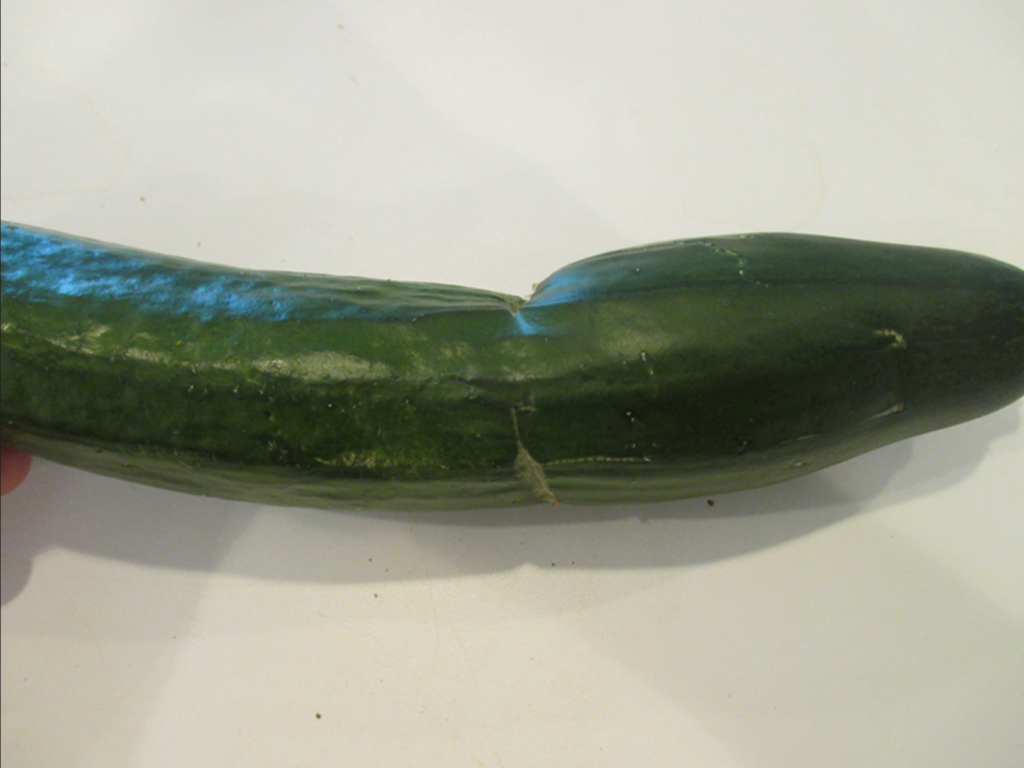
Historical Significance of Curved Cucumbers
The historical significance of curved cucumbers can be traced back to ancient civilizations where they were valued for their unique shapes. In some cultures, curved cucumbers symbolized fertility, while in others, they were associated with good fortune. The preference for straight cucumbers emerged more recently, driven by consumer expectations and market demands. Recognizing the historical value of curved cucumbers can foster a deeper appreciation for their cultural and agricultural significance.
Nutritional Value and Taste of Curved Cucumbers
Curved cucumbers offer the same nutritional benefits as their straight counterparts. They are low in calories, rich in fiber, and contain various vitamins and minerals. The taste of curved cucumbers is also similar to straight cucumbers, with a refreshing and mildly sweet flavor. The slight curvature does not affect the taste or overall quality of the fruit, making it a viable option for culinary uses and salads.
Conclusion
Understanding the factors that contribute to the growth of curved cucumbers allows us to appreciate their diverse shapes and embrace their natural variances. Genetic factors, environmental conditions, cultural practices, and mechanical stress all play a role in shaping cucumbers. By acknowledging the historical significance, nutritional value, and taste of curved cucumbers, we can celebrate their uniqueness and broaden our perspective on the wide range of cucumber varieties. Continued research in this area will contribute to our knowledge and open up new possibilities for the future of cucumber cultivation.
